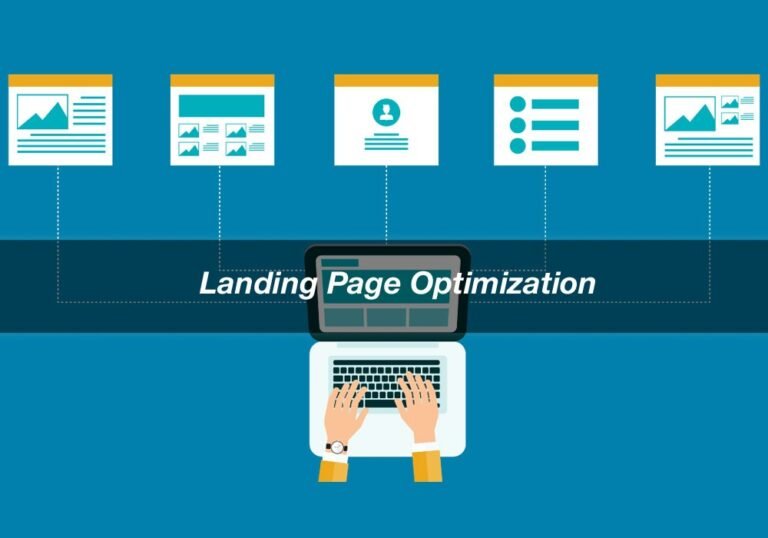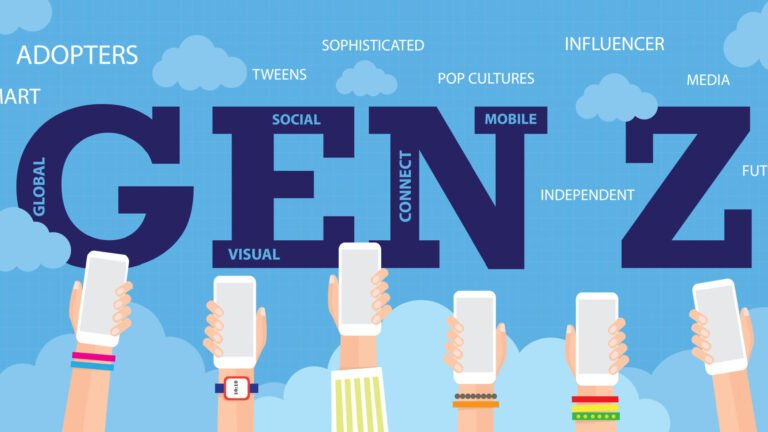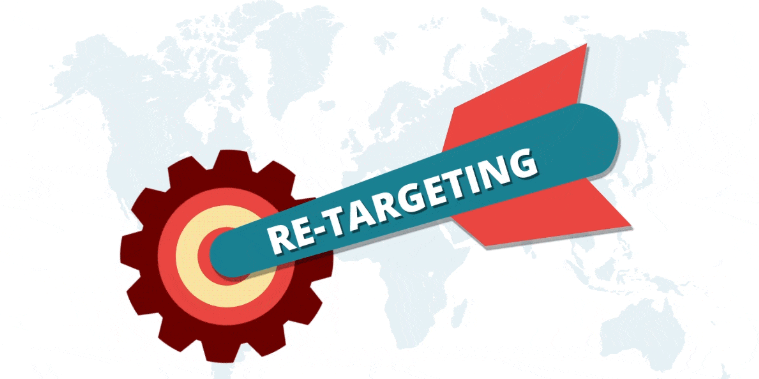Google Ads Copy: Proven Strategies for High-Impact Ads
Writing Google Ads copy is not just about filling the given space but it is about conveying the right message to the right people and at the right time. Google Ads is a powerful tool that can help you increase the number of leads, CTR and CR if used properly. But let’s be real. It’s not always so easy to catch the attention on SERP with other advertisers vying for the attention of the searcher. Therefore, your ad copy has to focus on the user intent and provide a solution to a specific problem.
No matter what kind of business you have – service-based or you’re looking to make sales – ad relevance in combination with the proper target keywords can be the key to success. Thus, when done right, your ads will show relevant search results that not only receive clicks but will transform prospects into customers.
This guide will help you to understand how to create effective Google Ads copy that will help you to reach the audience, increase the quality score, and get the best results from your advertising campaign.
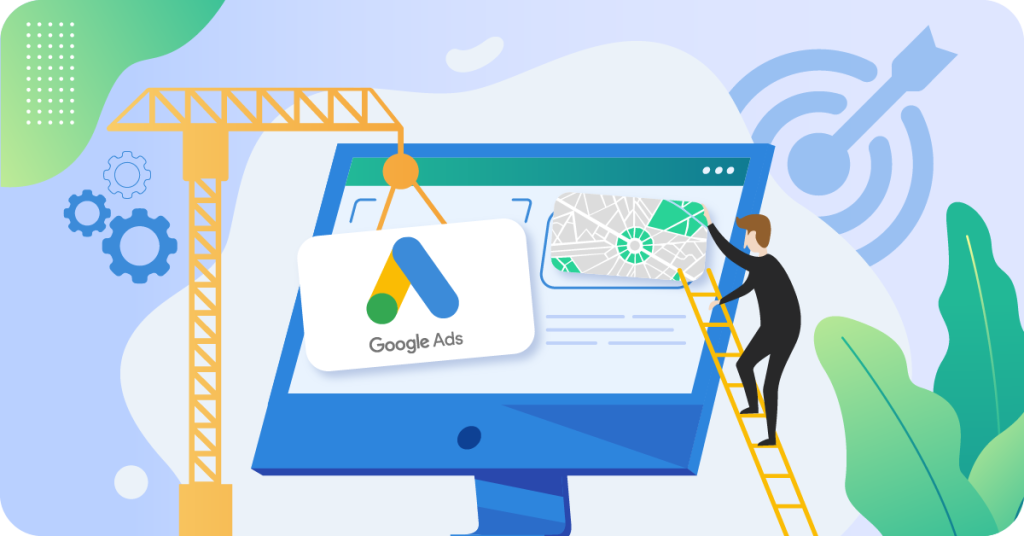
Why It Matters
Your Google Ads copy is the bridge between your business and potential customers. It’s the first impression users get when they search for solutions—and it’s often the deciding factor on whether they click or scroll by.
In a crowded digital space, effective search ads don’t just describe what you offer—they explain why you’re the best choice and how you solve the user’s pain point. Great ad copy doesn’t just attract attention—it drives conversions and boosts return on ad spend (ROAS) by getting the right message in front of the right audience.
Why Writing Google Ads Copy Is So Important:
- It’s Your Sales Pitch – With limited space, every word must create urgency and deliver value.
- It Impacts Performance – High-quality Google Ads copy improves click-through rates (CTR) and enhances your quality score, which directly lowers ad costs.
- It Differentiates You – Users are bombarded with options. Your ad copy needs to highlight your key benefits and what makes your product or service stand out from other advertisers.
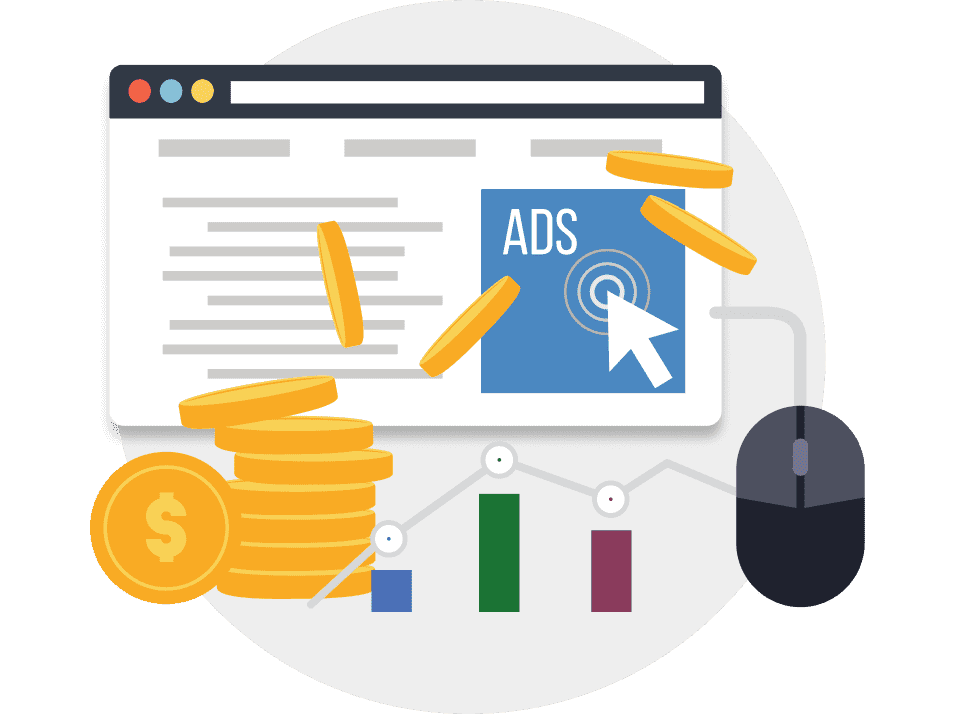
The Balancing Act:
Writing Google Ads copy is part art, part science. It requires blending persuasive ad copy with data-driven analysis. By tracking search terms, monitoring conversion rates, and regularly A/B testing, advertisers can refine their approach to consistently generate sales and attract more prospective customers. When done right, Google search ads become a powerful tool to grow your business and make a lasting impression in competitive markets.
Understanding User Intent (Step 1: Intent Mapping Method)
Without understanding user intent is like throwing darts in the dark. If your ad doesn’t match what the searcher is looking for, it won’t show up—or worse, it’ll get ignored.
User intent drives everything in a Google Ads campaign. Are people looking to buy something right now, or are they just browsing for information? Knowing the difference helps you craft effective search ads that deliver relevant search results and resonate with your target audience.
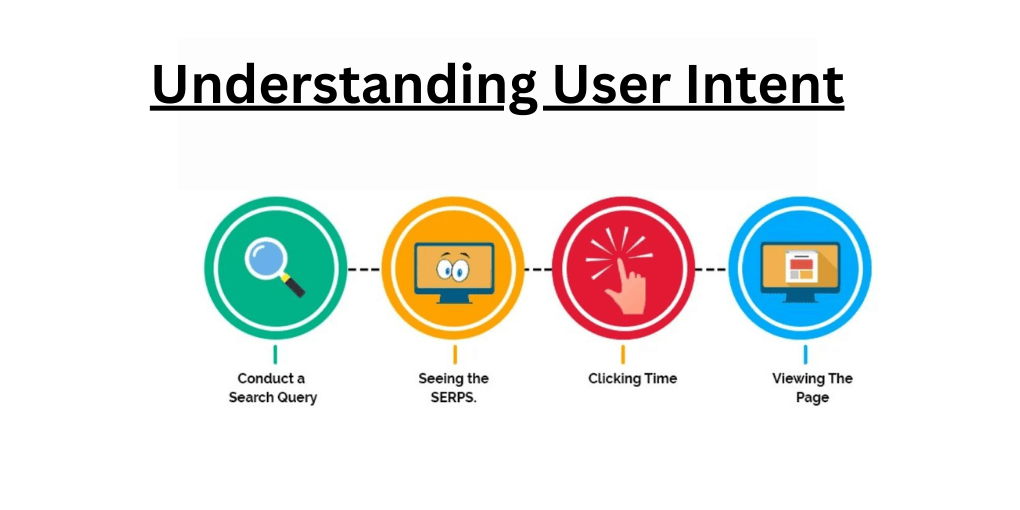
Method: Intent Mapping
- Start with Keyword Research – Use tools like Google Keyword Planner to gather a list of target keywords related to your product or service.
- Classify by Intent – Separate keywords into three categories:
- Transactional: “Buy running shoes online”
- Informational: “Best running shoes for beginners”
- Navigational: “Nike running shoes store near me”
- Write for the Right Intent – For transactional searches, highlight immediate solutions (like “Free Shipping Today”). For informational searches, offer resources or guides.
By mapping ads to the right intent, you’ll boost ad relevance and improve your click-through rates.
Writing Click-Worthy Headlines (Step 2: Keyword-Insertion Framework)
Your headline is the first thing people see—and in Google search ads, it can make or break your click-through rates. If the headline reads flat or irrelevant, potential customers will scroll right past.
A great headline grabs attention by aligning with user intent and including target keywords. This boosts ad relevance and ensures your ad appears in relevant search results.

Method: Keyword-Insertion Framework
- Use Primary Keywords – Take the top target keywords from your ad group and plug them directly into the headline. This increases visibility and quality score.
- Solve a Pain Point – Combine keywords with a solution.
Example:- Search Term: “Emergency plumber near me”
- Headline: “Emergency Plumber – Arrives in 30 Min”
- Create Urgency – Add urgency or exclusivity.
Example: “Buy Now – Sale Ends at Midnight” - Dynamic Keyword Insertion (Optional) – Use dynamic keyword insertion (DKI) to match the search term automatically. This makes ads hyper-relevant to the search.
Template Examples:
- Transactional: “[Buy] [Product] Today – Free 2-Day Shipping”
- Informational: “Looking for [Keyword]? Here’s What You Need”
- Local: “[Service] Near [Location] – Call Now”
Well-crafted text ads with keyword-rich headlines stand out in the crowded search engine results page (SERP). This small tweak can lead to more leads and better conversion rates.
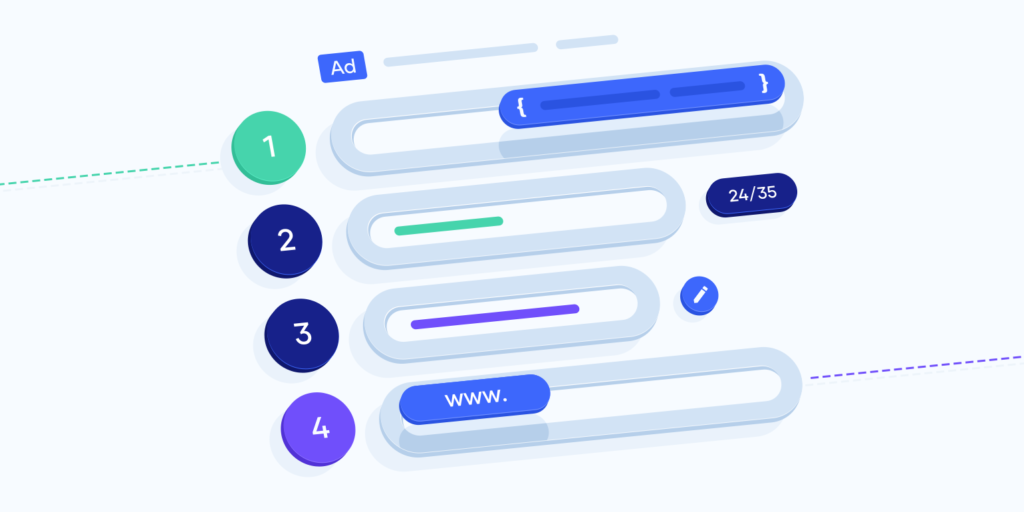
Crafting Persuasive Descriptions (Step 3: Problem-Solution Formula)
Once your headline grabs attention, the description needs to seal the deal. This is where you speak directly to the pain point and show how your product or service solves it. A well-written description doesn’t just list features—it highlights key benefits and creates a sense of urgency, driving potential customers to take action.
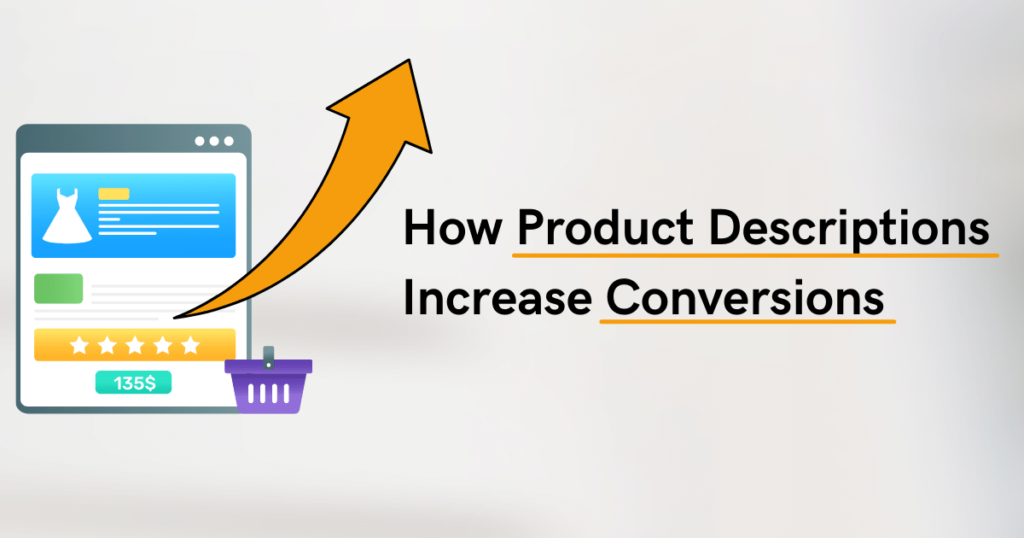
Method: Problem-Solution Formula
- Identify the Pain Point – What frustrates your audience? Is it long wait times, high prices, or limited availability? Address it upfront.
- Present the Solution – Show how your product or service solves the problem. Use clear, simple language to explain the benefit.
- Include a Call to Action – End with a clear call that tells users exactly what to do next. Phrases like “Get Started Now” or “Book Today” drive engagement.
Example:
Search Term: “AC repair service near me”
Headline: “Fast AC Repair – 24/7 Service”
Description Copy:
“Tired of waiting in the heat? Our certified AC repair team will be at your door within an hour. Call now for fast, affordable service.”
Notice how the description copy directly addresses the frustration (waiting in the heat) and immediately offers a solution. The call to action creates urgency, encouraging users to take the next step.
Pro Tip:
- Keep descriptions concise but impactful. Focus on service-based businesses by emphasizing speed, reliability, or special offers.
- Use ad extensions to expand your message and add more trust signals, like reviews or guarantees.
Maximizing Ad Space with Extensions (Step 4: Extension Optimization Technique)
Ad extensions are one of the most powerful tools on the Google Ads platform. They expand your text ads with additional information, giving your ad more real estate on the search engine results page (SERP). This not only boosts click-through rates but also enhances ad relevance by providing users with more reasons to engage. If you’re not using ad extensions, you’re leaving opportunities—and leads—on the table.
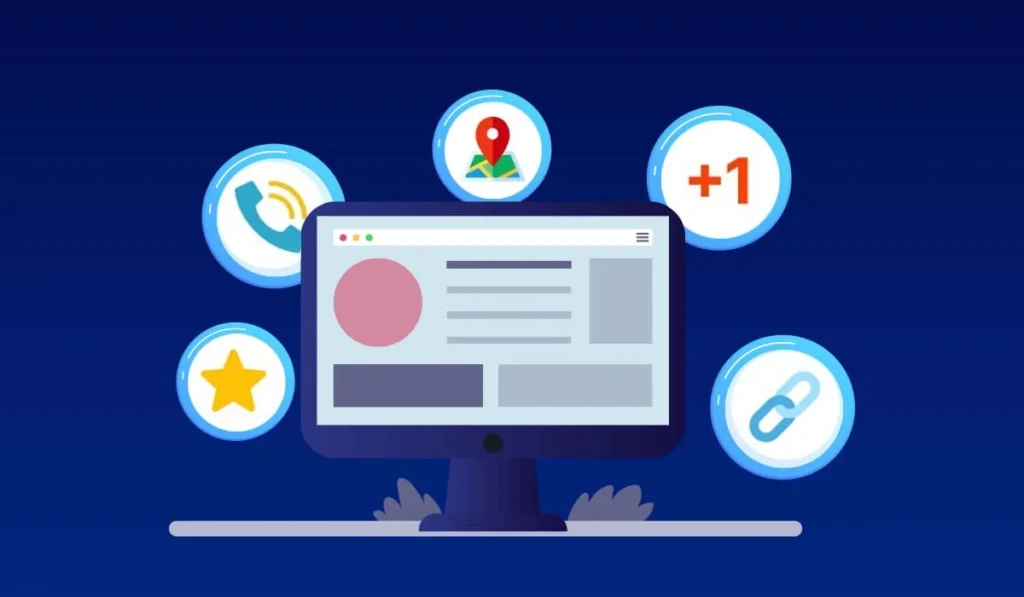
Method: Extension Optimization Technique
- Choose the Right Extensions – Use extensions that match your Google Ads campaign goals.
- Sitelink Extensions – Direct users to specific pages like “Pricing” or “Contact Us.”
- Callout Extensions – Highlight unique offers (e.g., “Free Shipping” or “24/7 Support”).
- Location Extensions – Show your business address to attract local searchers.
- Structured Snippets – Display product categories or services directly in the ad.
- Prioritize Relevance – Extensions should reflect the searcher’s intent. If someone searches for “BBQ catering near me,” a sitelink to “Event Packages” adds value.
- Keep it Concise – Use short, benefit-driven text. Focus on key benefits that align with the user’s pain point.
Example:
Search Term: “Wedding photographer near me”
Headline: “Top Wedding Photographer – Packages Available”
Description Copy: “Book a professional wedding photographer today. Packages start at $999.”
Extensions:
- 📅 “Check Availability” (Sitelink)
- 📷 “View Portfolio” (Sitelink)
- ⭐ “5-Star Rated on Google” (Callout Extension)
By adding these ad extensions, the ad becomes more informative and compelling, increasing the chances of turning prospective customers into actual leads.
Pro Tip:
- Test different ad groups with varying extensions to see what resonates most with your target audience.
- Regularly check Google Analytics to track which extensions contribute most to conversions.
Crafting Strong Calls to Action (Step 5: Direct CTA Method)
A great Google Ads campaign can drive traffic, but without a compelling call to action (CTA), those clicks won’t convert. Your CTA is the final push that tells potential customers exactly what to do next—whether that’s booking a service, signing up, or making a purchase.
The goal is to remove any confusion and create urgency that nudges users toward immediate action.

Method: Direct CTA Method
- Be Clear and Direct – Avoid vague CTAs like “Learn More” or “Click Here.” Instead, tell users exactly what they’ll get.
- “Book Your Free Consultation”
- “Call Now for Fast Service”
- “Get 50% Off Today”
- Create Urgency – Use time-sensitive language to drive immediate action.
- “Limited Spots Available – Sign Up Now”
- “Offer Ends Tonight”
- Focus on Benefits – Remind users what they’ll gain by clicking.
- “Unlock Exclusive Discounts”
- “Reserve Your Spot in 60 Seconds”
Example:
Search Term: “Fitness coach online”
Headline: “Online Fitness Coach – Personalized Plans”
Description Copy:
“Ready to start your fitness journey? Get a free consultation today. Limited slots available!”
The CTA “Get a free consultation today” is simple, actionable, and urgent—helping to drive conversions from prospective customers who are actively searching.
Pro Tip:
- Test different CTAs across copy variants. One CTA may perform better with transactional searches, while another might resonate more with informational queries.
- Use dynamic keyword insertion to personalize CTAs based on the search term.
A/B Testing for Continuous Improvement (Step 6: Iterative Testing Approach)
Even the best Google Ads copy can be improved. The key to consistently driving higher conversion rates is through A/B testing—where you test different ad variants to see which one resonates best with your target audience. Testing isn’t just a nice-to-have—it’s essential for optimizing click-through rates (CTR), boosting quality score, and generating more leads over time.
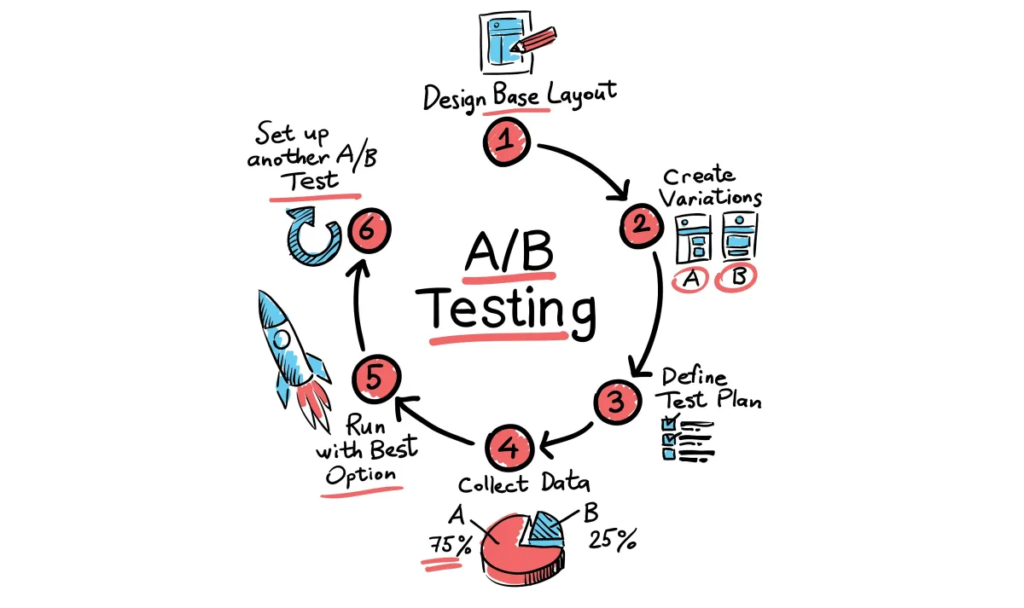
Method: Iterative Testing Approach
- Test One Element at a Time – Focus on a single component to measure what makes the biggest impact.
- Headlines: Does “Free Estimate” drive more clicks than “Call for Pricing”?
- Descriptions: Test solutions vs. benefits (e.g., “Solve Plumbing Issues Fast” vs. “Book Certified Plumbers Today”).
- CTAs: “Book Now” vs. “Get 10% Off Today.”
- Run Tests for 2-4 Weeks – Allow enough time to gather data, but not so long that trends go unnoticed.
- Measure Key Metrics – Focus on click-through rates, conversion rates, and ad relevance. Use Google Analytics to track how each ad group performs.
- Refine and Repeat – Once you find a winning ad, create a new variant and test again. Continuous refinement leads to better results over time.
Example:
Variant A:
- Headline: “Hire a Local Electrician – Fast & Affordable”
- CTA: “Get Free Estimate Now”
Variant B:
- Headline: “Emergency Electricians Near You – 24/7 Service”
- CTA: “Book 24/7 Repairs”
By testing both, you can see which ad copy drives more clicks and which one leads to higher conversion rates.
Pro Tip:
- Don’t just test ads—A/B test your landing page as well. Consistent messaging across the ad and landing page boosts overall ad relevance and improves performance on the Google Ads platform.
- Test different ad groups to find the most profitable audiences and queries.
Ensuring Landing Page Consistency (Step 7: Message Match Method)
You can write the most persuasive Google Ads copy, but if your landing page doesn’t deliver on the ad’s promise, you’ll lose the lead. This disconnect can tank your conversion rates and hurt your quality score.
When a user clicks on your ad, they expect to land on a page that reflects the exact offer, tone, and solution presented in the ad. Consistency between your text ads and landing page creates a seamless experience, reinforcing trust and driving more sales.
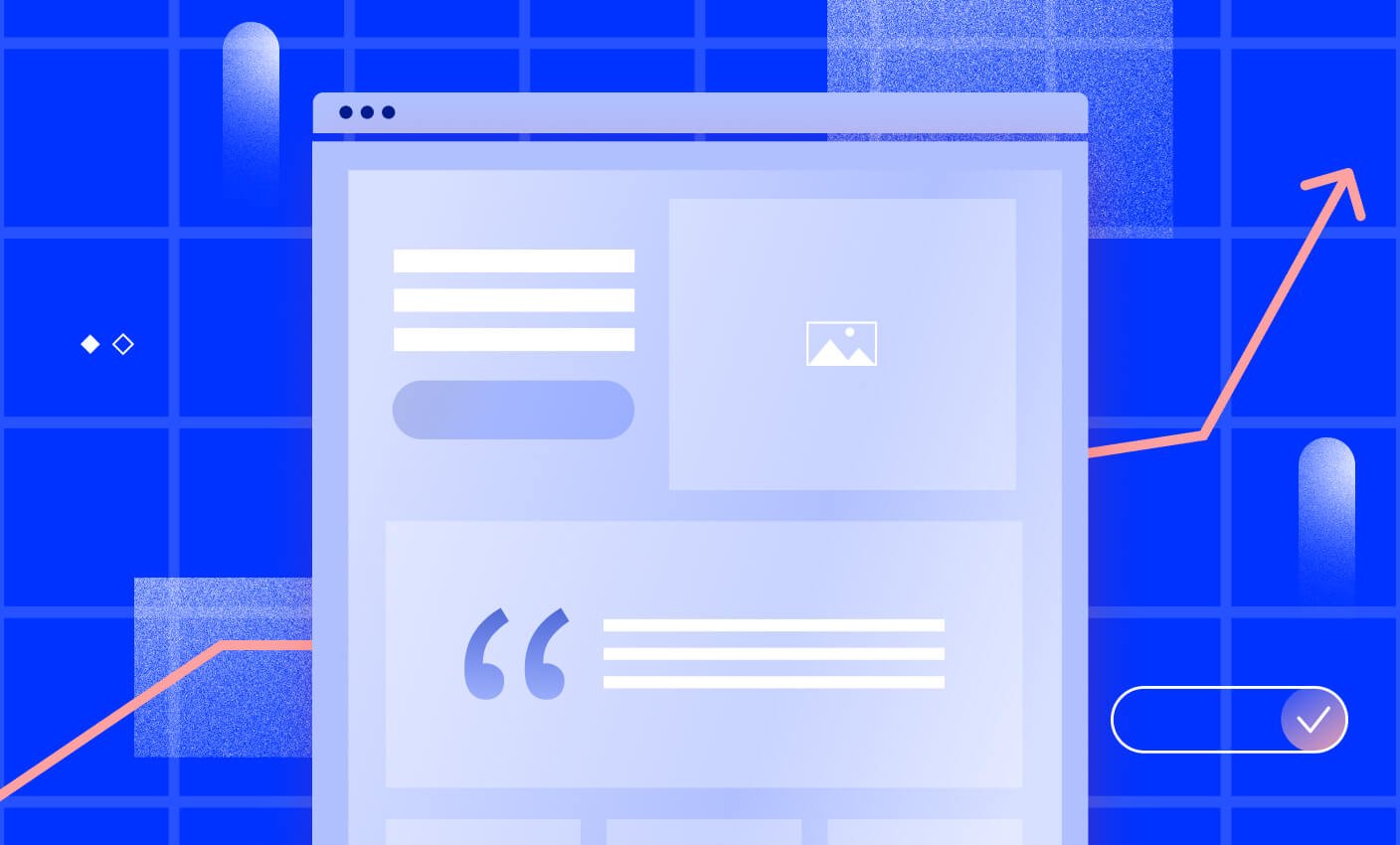
Method: Message Match Method
- Match Headline to Ad – Ensure the headline reads almost identically to the ad. If your ad promises “50% Off BBQ Grills,” that discount must be front and center on the landing page.
- Address the Same Pain Point – If the ad solves a problem (like “Fast AC Repair”), the landing page should dive deeper into the solution, with easy-to-spot benefits and testimonials.
- Keep the CTA Consistent – Don’t switch the call to action. If the ad’s CTA is “Book Now,” avoid using “Learn More” on the landing page. Mixed signals reduce urgency.
Example:
Ad Copy:
- Headline: “Custom Wedding Cakes – Delivered in 48 Hours”
- CTA: “Order Your Cake Today”
Landing Page:
- Headline: “Custom Wedding Cakes – Ready in 48 Hours”
- CTA Button: “Order Now and Get Free Delivery”
- Visuals & Copy: Show cake designs, testimonials, and trust signals like customer reviews.
This approach not only improves ad relevance but also creates a lasting impression, making it easier for potential customers to follow through.
Pro Tip:
- Use Google Analytics to track bounce rates. If users are clicking but not converting, there might be a disconnect between your ad and the landing page.
- Run A/B tests on landing page copy and design elements to find what keeps visitors engaged.
Using Emotional Triggers to Drive Engagement (Step 8: Emotional Hook Strategy)
People don’t just click on Google Ads because of logic—they click because something resonates emotionally. Tapping into emotions like fear, excitement, or curiosity can make your text ads stand out from other advertisers and significantly boost click-through rates.
By addressing a pain point or creating urgency, you connect with potential customers on a deeper level, making your offer hard to ignore.

Method: Emotional Hook Strategy
- Identify the Emotional Pain Point – What problem keeps your target audience up at night? Is it stress, inconvenience, or fear of missing out (FOMO)?
- Frame the Solution as Relief or Gain – Show how your product or service makes life easier, better, or safer.
- Use Power Words – Words like “limited,” “guaranteed,” “fast,” and “exclusive” naturally create excitement or urgency.
Example:
Search Term: “Security camera installation”
Ad Copy:
- Headline: “Protect Your Home Today – Security Cameras Installed in 24 Hours”
- Description: “Worried about break-ins? Get 24/7 protection with expert camera installation. Act now for free setup.”
This ad targets the fear of break-ins but offers peace of mind through quick, professional installation.
Emotional Trigger Types:
- Fear/Anxiety: “Avoid Costly Repairs – Book an Inspection Now”
- Excitement: “Unlock Exclusive Deals – 50% Off Today Only”
- FOMO (Fear of Missing Out): “Limited Spots Available – Enroll Today”
- Relief: “No More Stress – We’ll Handle Everything for You”
Pro Tip:
- Test different emotional triggers in your ad copy variants to see which one resonates most with your audience.
- Use social proof like reviews or testimonials to add credibility and amplify the emotional pull.
Conclusion: Bringing It All Together
Writing Google Ads copy that converts isn’t about luck—it’s about strategy, empathy, and constant refinement. By aligning your text ads with user intent, crafting click-worthy headlines, and addressing pain points with emotional triggers, you set your ads up for success.
Each part of the process—from keyword research to landing page consistency—plays a role in improving your quality score and conversion rates. When done right, your Google Ads campaign not only attracts potential customers but also turns them into loyal buyers.
Quick Recap:
- Understand User Intent – Map your ads to relevant keywords and match search terms directly.
- Craft Engaging Headlines – Use dynamic keyword insertion and focus on urgency or solutions.
- Write Persuasive Descriptions – Address the problem, highlight benefits, and end with a clear call to action.
- Leverage Ad Extensions – Maximize ad space with sitelinks, callouts, and structured snippets.
- A/B Test Regularly – Always test copy variants to refine and improve click-through rates.
- Ensure Landing Page Consistency – Keep messaging uniform between your ads and landing pages.
- Use Emotional Triggers – Tap into pain points and desires to create stronger connections with your audience.
Final Tip:
Never stop testing. Google search ads thrive on data, and small tweaks can lead to big wins. Monitor performance through Google Analytics and fine-tune your ads based on what resonates with your target audience.
Ready to launch your next campaign? Start applying these strategies today and watch your Google Ads drive more leads and sales than ever before.
Disclosure: Our blog contains affiliate links to products. We may receive a commission for purchases made through these links. However, this does not impact our reviews and comparisons. We try our best to keep things fair and balanced, in order to help you make the best choice for you.

